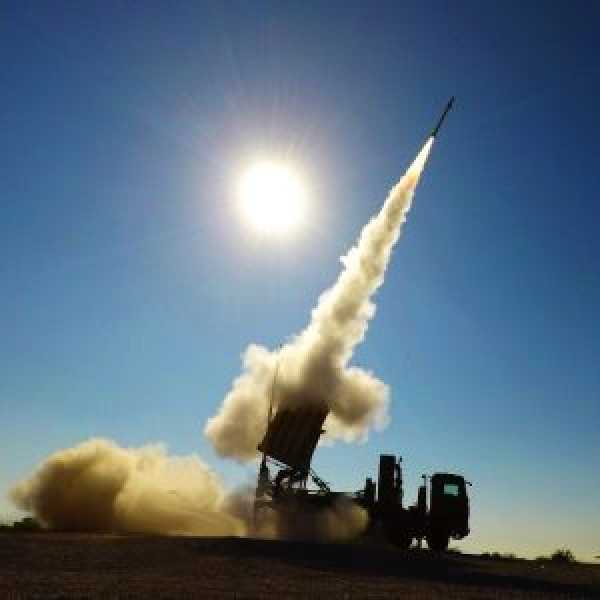
UK start-up, Flare Bright Ltd, won a UK Ministry of Defence (MOD) Defence and Security Accelerator (DASA) contract to rapidly innovate their SnapShot product.
SnapShot is a tiny, stealthy and fully autonomous nanodrone. It can fly in almost any weather or atmospheric conditions, and it isn’t affected by other electromagnetic signals or needs GPS to guide it. It can take high-quality aerial images with its hand-portable and extremely robust equipment. It is ballistically launched to a height of 100 metres then uses sophisticated and patent pending software to control a glide path and home to the user. Customer interest has been shown from law enforcement, emergency services, industrial inspection companies, urban mapping and the defence sector.
DASA’s Rapid Impact Innovations are viewed as those which will deliver a technology model or prototype demonstration at Technology Readiness Level (TRL) 6 or 7. This demonstration puts SnapShot in the hands of end users, and in the context or environment in which it is expected that the solution would be used.
In order to be funded, DASA assessed that the project would have a realistic prospect of achieving an impact within a 3-year time frame from its inception, and that there is a strong customer requirement and capability need for the idea.
To be successful Flare Bright had to provide evidence of how MOD and Security business and capability requirements, such as the Defence Lines of Development (DLOD), could be satisfied should the project to be taken forward after the pilot.
The contract is for £226,200 and will develop a soldier-ready robust prototype for testing with the Army.
To protect soldiers and fight the enemy, frontline soldiers need their own simple aerial surveillance that is lightweight and usable in any circumstance. The Army is keen to test out our technology at the frontline as soon as possible, as SnapShot delivers a simple, man-portable image-capture device that works whether GPS-denied or in jammed environments and in almost all-weather conditions. This is amply demonstrated by a Letter of Support from the Army Land Warfare Centre and winning a coveted space to demonstrate SnapShot at the Army Warfighting Experiment 2020 showcase. Snapshot uses autonomous flight software and has sufficient flight testing to be years ahead of anyone else in perfecting this technology.
This product uses Artificial Intelligence and complex software to create pinpoint delivery of small packages in all-weather and atmospheric conditions, even when GPS-denied or jammed in the most challenging environments.
“We have had 10 years of software and AI development to reach the point of being confident to deliver true autonomy irrespective of weather or other challenging environments. We are expecting this to launch a new era of autonomy in drones,” says Flare Bright’s CEO, Kelvin Hamilton.






